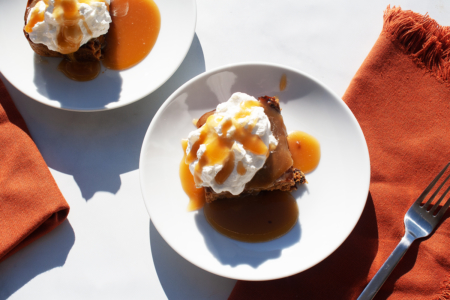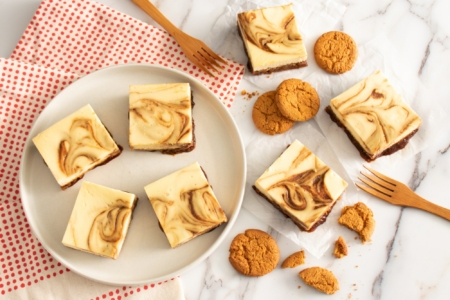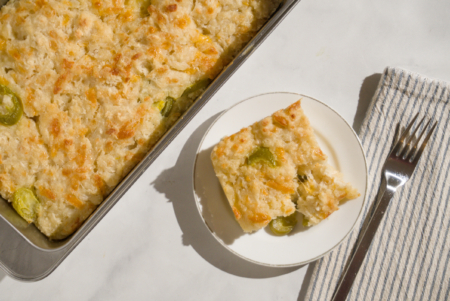Buttery, milky, and sweet, we eat Colby cheese with practically anything. Its mild flavor and elastic texture make it a natural fit in sandwiches, salads, and on cheese boards.
History of Colby Cheese
Colby cheese hardly needs an introduction, as it’s a classic that can be found in most groceries and delis both inside and outside of the country. The cheese was invented in 1885 by Joseph. F. Steinwand of the Steinwand Cheese Factory. He named the cheese after nearby Colby township, which was the home of his father’s first cheese factory in Wisconsin. To this day, the town of Colby holds an annual festival celebrating the all-American cheese.
Flavor and Texture of Colby Cheese
Though often compared to cheddar cheese, Colby cheese has a texture and flavor that’s all its own. Colby cheese is mild and buttery with a natural milky sweetness and a slight nuttiness. Rather than being solid throughout, the cheese is punctuated with tiny holes, giving it a more open appearance and a bouncy texture.
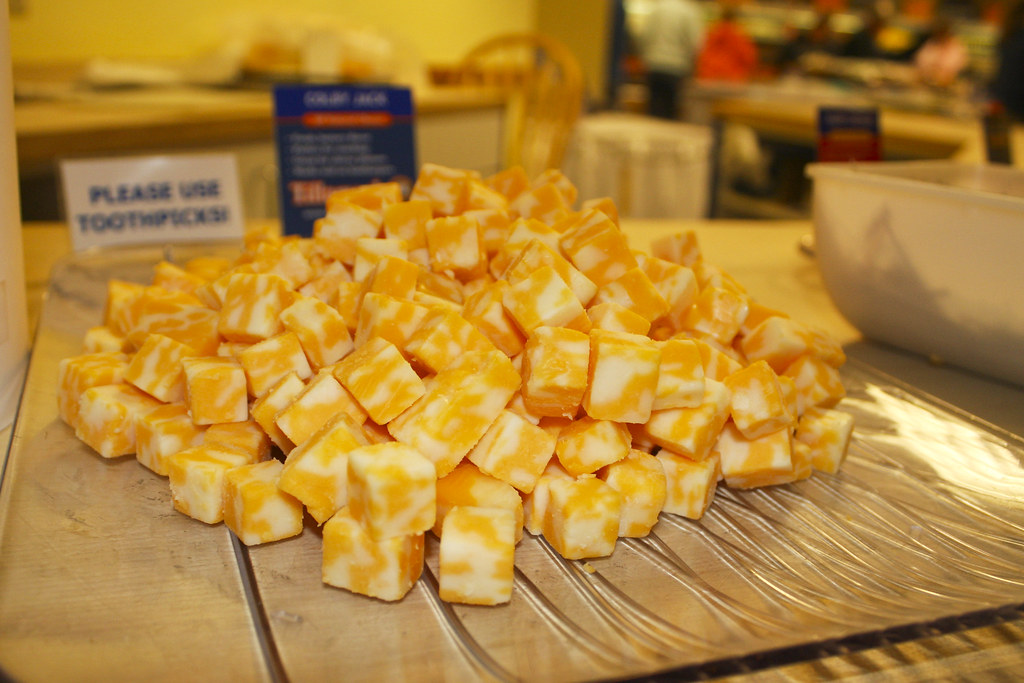
How of Colby Cheese is Made
Colby cheese is a semi-hard cheese made purely from cow’s milk. It’s a washed curd cheese, which means the whey is replaced with water after the separation and cooking of the curds. This gives it a sweeter and milder flavor. Gouda is another popular cheese that falls under this category. The curds are pressed into molds then aged for no longer than 6 weeks. Any longer and the cheese may dry out. It’s then packaged and shipped. Often, it will also be blended with Monterey Jack cheese to make Colby-Jack.
Uses of Colby Cheese
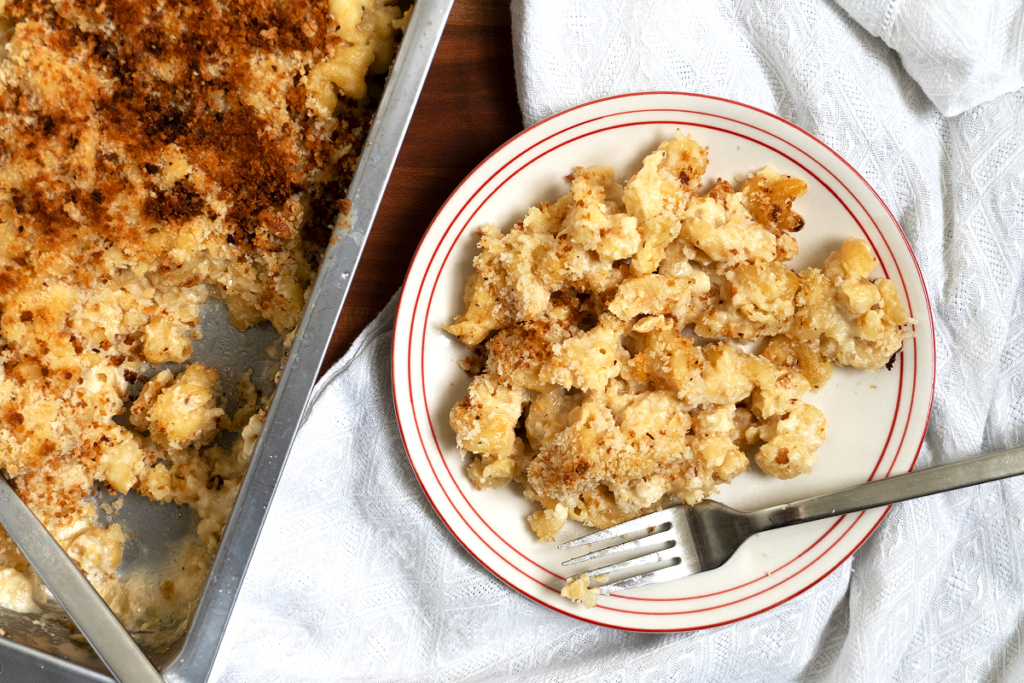
Milky and sweet Colby cheese is incredibly versatile. Use it as a table cheese and grate it over pasta, salads, and grain bowls. For a quick snack or accouterment for your cheeseboard, slice Colby cheese into small cubes and skewer them with slices of fruit. It also makes a wonderful melting cheese and is right at home in dips, sauces, mac and cheese, and grilled sandwiches.
Remember that Colby cheese is very mild and will easily be overpowered by stronger flavors. So, use it to build texture and visual appeal rather than making it the center of your dish.
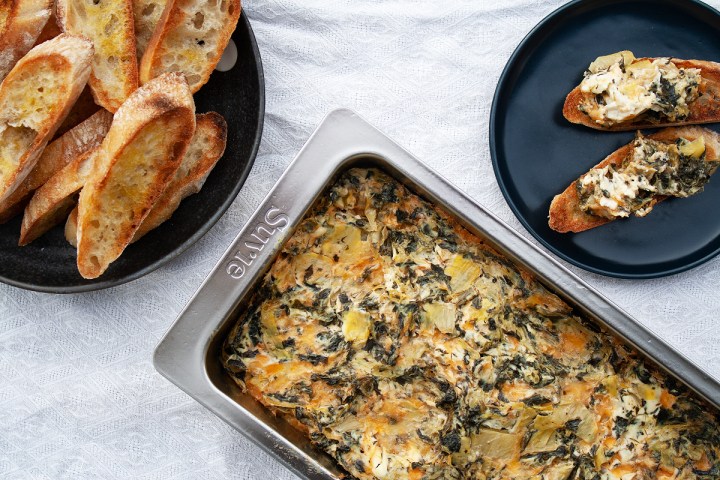
Feature Image: Flickr user Jeff the quiet ( CC BY-SA 3.0 )

